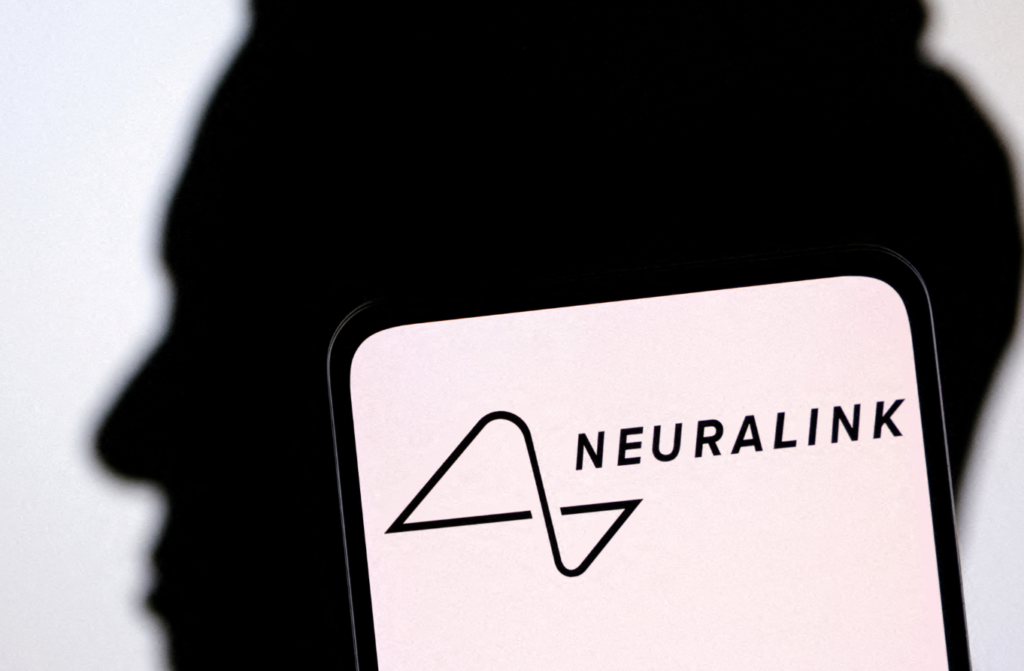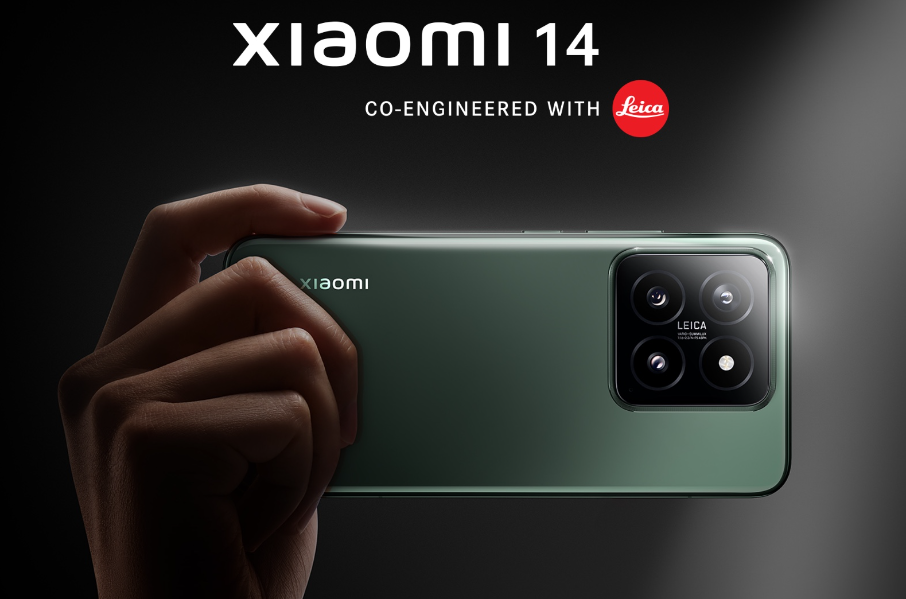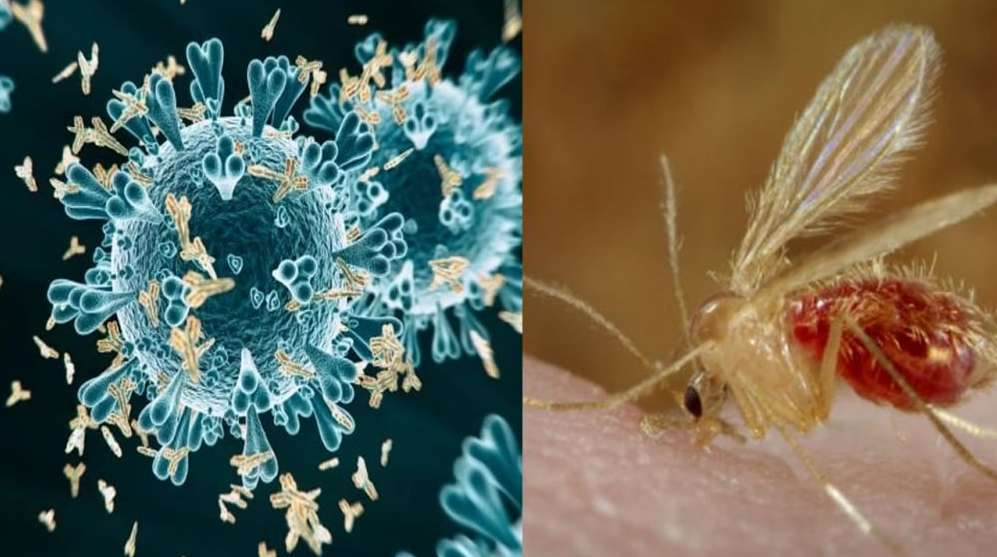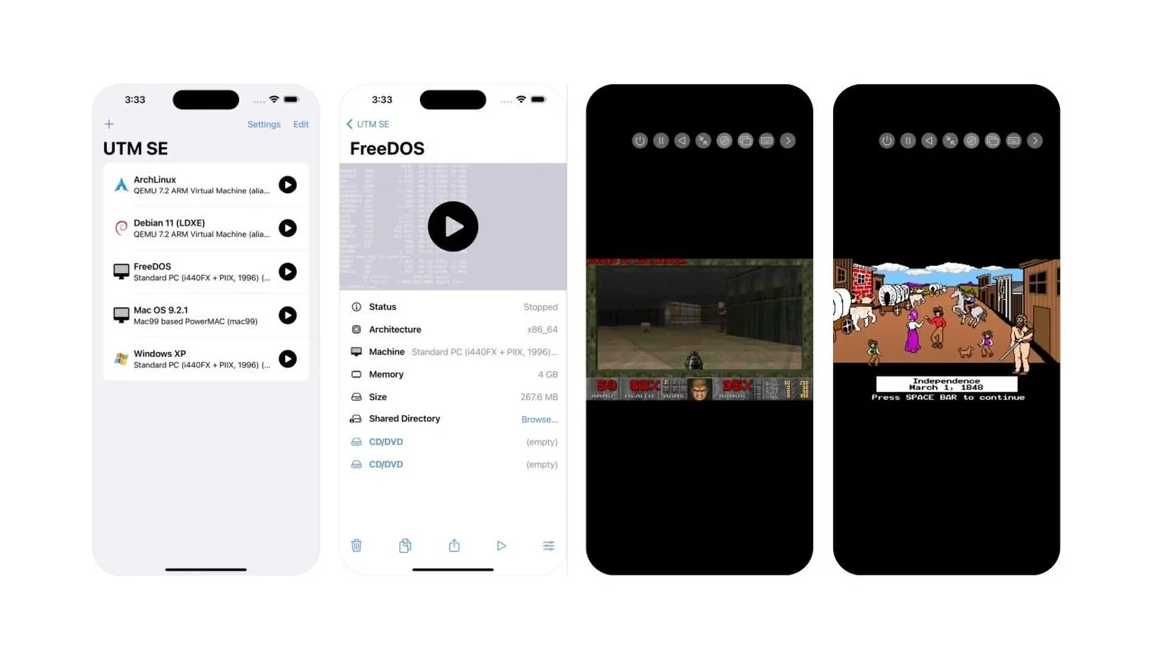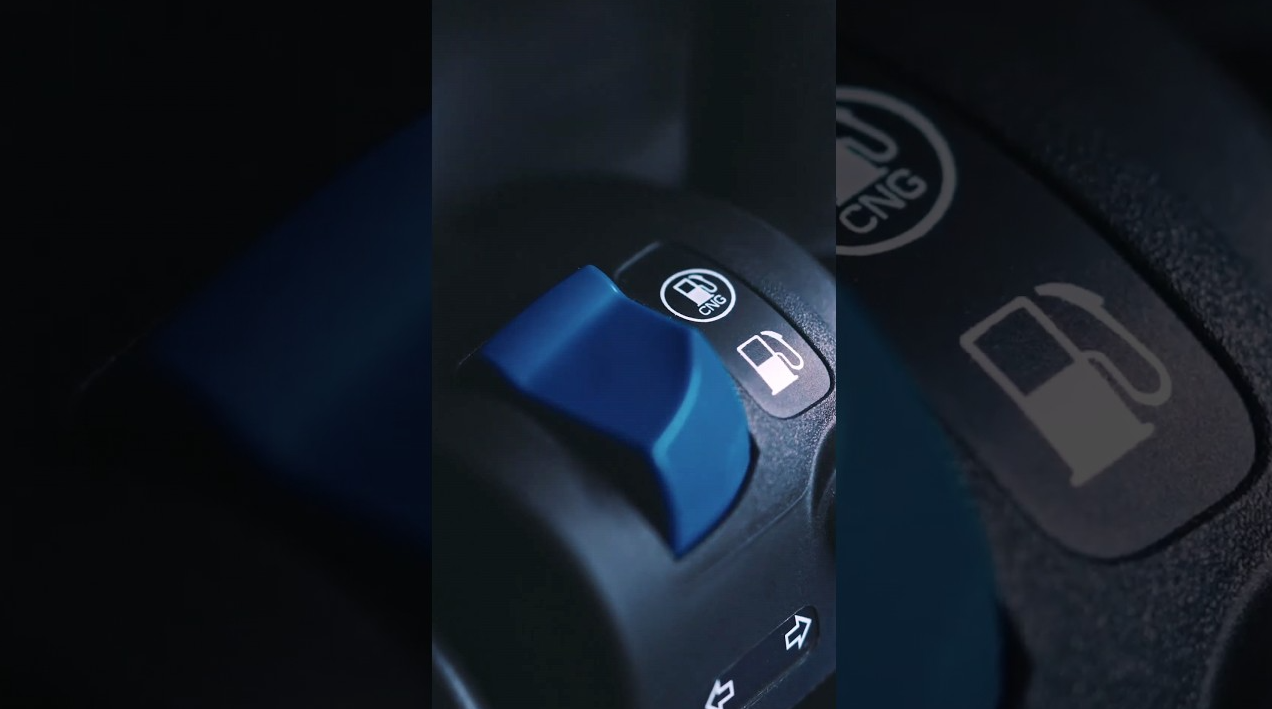Neuralink, the brain-machine interface company founded by entrepreneur Elon Musk, has faced a setback in its groundbreaking efforts. The company recently announced that its first in-human brain implant experienced a problem shortly after the initial procedure.
The Brain-Computer Interface (BCI)
Neuralink’s brain-computer interface, known as the “Link,” is designed to allow patients with paralysis to control external technologies using their minds. The system records neural signals through an array of 1,024 electrodes distributed across 64 ultra-thin “threads.” These threads are thinner than a human hair and are implanted directly into the brain tissue.
The First Procedure
In January, Neuralink implanted the device in a 29-year-old patient named Noland Arbaugh as part of a safety study. The surgery was deemed successful, and Neuralink even streamed a live video of Arbaugh using the BCI in March. However, in the weeks following the procedure, several of the threads retracted from Arbaugh’s brain.
The Technical Glitch in Neuralink
The retraction of threads posed a challenge for Neuralink. With fewer functioning electrodes, the company struggled to assess the Link’s speed and accuracy. Neuralink did not disclose the exact number of threads that retracted, but it acknowledged the issue in a recent blog post.
Mitigating Measures
To address the problem, Neuralink made several adjustments:
- Recording Algorithm Modification: The company modified the recording algorithm to enhance data collection.
- User Interface Enhancement: Improvements were made to the user interface to facilitate interaction.
- Signal Translation Refinement: Neuralink worked on better techniques for translating neural signals into cursor movements.
Despite the setback, Noland Arbaugh continues to use the BCI system for approximately eight hours a day during the week and up to ten hours a day on weekends. Arbaugh described the experience as a “luxury overload” and expressed how it helped him “reconnect with the world.”
The Road Ahead for Neuralink
Neuralink faces a long road of safety and efficacy testing before seeking approval from the U.S. Food and Drug Administration for commercialization. While this glitch is a challenge, it highlights the importance of rigorous testing to ensure the safety and effectiveness of brain-machine interfaces.
Remember, while Neuralink’s journey is fascinating, it also underscores the need for thorough testing and safety protocols in cutting-edge medical technologies. We’ll be keeping a close eye on further developments in this field.


